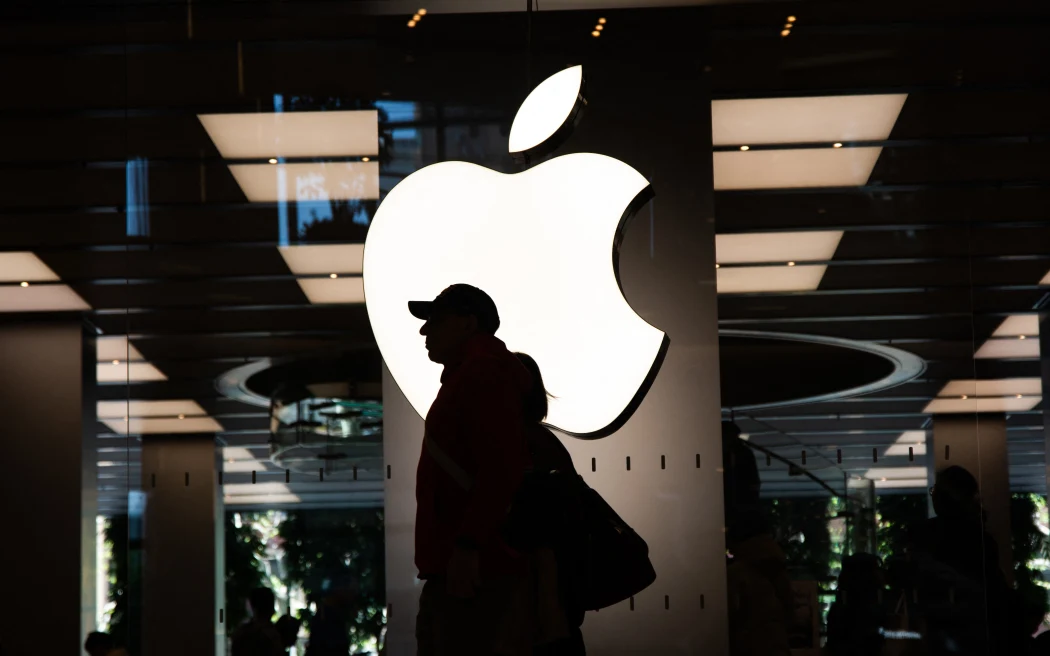Apple’s Quiet AI Strategy: Why It’s Spending Billions Less Than Rivals on Artificial Intelligence Infrastructure
Apple’s Quiet AI Strategy: Why It’s Spending Billions Less Than Rivals on Artificial Intelligence Infrastructure
By
Rachel Steinberg
Last updated:
October 31, 2025
First Published:
October 31, 2025

Photo: RNZ
Apple Takes a Different Route in the AI Race
As Big Tech accelerates its artificial intelligence investments, Apple is moving at a noticeably different pace. While companies like Microsoft, Alphabet, Meta, and Amazon are committing unprecedented sums — in some cases exceeding $100 billion annually — to data centers and AI chip infrastructure, Apple’s approach is more restrained and calculated.
In its fiscal year 2025, which ended in September, Apple spent $12.72 billion in capital expenditures — a modest figure compared to its peers. Yet, that represents a 35% increase from the previous year, signaling that Apple is still ramping up AI-related investment, just in its own way.
Finance chief Kevan Parekh explained during the company’s Q4 earnings call that Apple prefers a “hybrid model”, combining in-house capacity with rented computing power from third-party providers. Rather than flooding the market with AI chips, Apple focuses on Private Cloud Compute, a system powered by its own chips — not Nvidia’s or AMD’s.
“We don’t see ourselves moving away from this hybrid model,” Parekh noted. “It allows us to scale AI securely, efficiently, and privately.”
How Apple’s Spending Stacks Up Against Competitors
The contrast between Apple’s spending and that of other megacaps is striking.
- Alphabet (Google’s parent company) projects $92 billion in capital expenditures for the year — nearly seven times Apple’s spending.
- Microsoft invested $34.9 billion in the September quarter alone, with plans to expand even further in 2026.
- Meta expects to spend about $71 billion next year, while Amazon recently raised its 2025 forecast to $125 billion, up 6% from prior guidance.
Against that backdrop, Apple’s capital allocation looks conservative. But it aligns with its philosophy of tightly integrating AI within its existing ecosystem rather than relying on sprawling external cloud operations.
According to FactSet, analysts expect Apple’s capex to rise again in 2026, reaching approximately $14.3 billion, much of which will go toward building out its Private Cloud Compute infrastructure in new facilities — including one recently announced in Houston, Texas.
The Philosophy Behind Apple’s AI Spending
Unlike its rivals, which are racing to own the largest AI models and data pipelines, Apple’s AI strategy emphasizes user privacy, device-level intelligence, and energy efficiency. Its Apple Intelligence suite, launched in 2024, leverages the company’s proprietary chips to process tasks directly on devices or securely in the cloud.
Apple Intelligence includes features like notification summaries, AI-generated images, and integrated ChatGPT access, but critics say the technology feels less groundbreaking than what OpenAI or Anthropic are offering. Even so, Apple maintains that AI is a means to enhance the user experience, not an end in itself.
The much-anticipated upgrade to Siri, which was delayed to 2026, is expected to be the company’s most ambitious AI-driven software yet — one that will deeply integrate with iPhone, iPad, and Mac systems.
“We’re very bullish on AI becoming a greater factor in consumer choice,” said CEO Tim Cook, adding that Apple will continue integrating intelligent features into its product lineup.
Strong Hardware Sales Cushion Apple’s AI Caution
Despite the slower AI buildup, Apple’s hardware division remains robust. Cook told CNBC that consumer demand for the iPhone 17 series has been “off the chart,” with internal forecasts suggesting 10–12% growth in overall sales for the December quarter.
That resilience suggests Apple’s cautious AI approach hasn’t hurt its competitiveness. On the contrary, it may be allowing the company to preserve margins and avoid the soaring infrastructure costs burdening its peers.
Still, analysts note that part of Apple’s AI investment appears in operating expenses rather than capital expenditures. Those operating costs jumped 11% year-over-year to $15.91 billion, largely driven by research and development in AI and hardware integration.
“The vast majority of our spending increase is in R&D,” Parekh said. “We’re deepening AI across the product roadmap, from chips to services.”
A Calculated Long Game
Apple’s restrained capex spending doesn’t mean it’s behind in AI — it simply reflects a long-term strategy built around privacy, efficiency, and proprietary technology. While others compete to dominate cloud-based AI, Apple is quietly embedding intelligence into the hardware millions already own.
That difference could prove crucial in the next phase of the AI revolution. If Apple succeeds in seamlessly merging hardware and AI, its measured spending today could translate into sustained profitability and user loyalty tomorrow — without the massive infrastructure debt others are taking on.
Popular articles
Subscribe to unlock premium content
The Business Behind Handcrafted Japanese Knives That Sell for Thousands

How Calm Turned Bedtime Stories Into a $1 Billion Wellness Empire

The Rise of AI Digital Pets as a Billion-Dollar Fantasy

The Business Behind Handcrafted Japanese Knives That Sell for Thousands

How Calm Turned Bedtime Stories Into a $1 Billion Wellness Empire

The Business Behind Handcrafted Japanese Knives That Sell for Thousands









